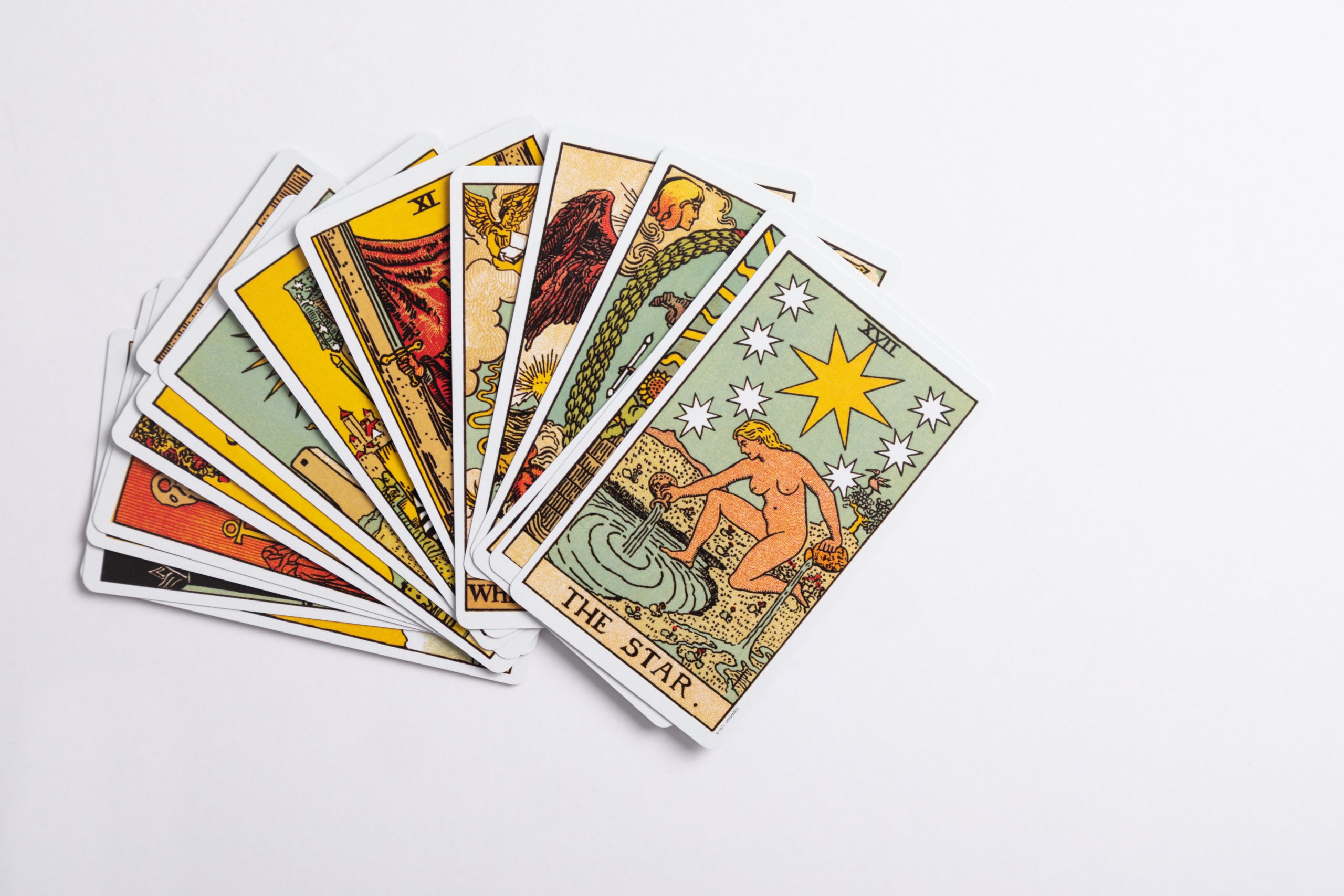What Does Gibbous Moon Mean: A Detailed Guide

If you’ve ever gazed at the night sky and marveled at the moon’s changing shape, you might have noticed that it doesn’t always appear as a perfect circle. The moon has different phases, and one of the most fascinating stages is the gibbous moon. In this blog post, we’ll dive deep into what a gibbous moon is and unravel the mysteries behind its meaning.
Understanding Moon Phases
Before we delve into the gibbous moon, let’s briefly touch upon the concept of moon phases. The moon undergoes eight distinct phases as it orbits around the Earth. These stages result from the positions of the Earth, moon, and the sun, creating various degrees of illumination on the moon’s surface.
The moon phases, in chronological order, are: New Moon, Waxing Crescent, First Quarter, Waxing Gibbous, Full Moon, Waning Gibbous, Third Quarter, and Waning Crescent. Each phase represents a different fraction of the moon’s illuminated surface visible to us on Earth.
Defining the Gibbous Moon
The term “gibbous” refers to a shape that is more than half, but less than fully illuminated. When we talk about a gibbous moon, we are referring to a phase of the moon that is greater than half illuminated but not yet reached its full brightness. The gibbous moon is situated between the first quarter and full moon phases.
During this phase, the moon appears as a large, round disc with a noticeable bulge. It’s important to note that gibbous moons can be seen both in the waxing (increasing illumination) and waning (decreasing illumination) stages.
Gibbous Moon vs. Other Moon Phases
To better appreciate the gibbous moon, let’s compare it with other moon phases:
| Moon Phase | Description |
|---|---|
| New Moon | The moon is not visible from Earth as it is in the same direction as the sun. |
| First Quarter | Exactly half of the moon is visible, resembling a half-circle. |
| Full Moon | The entire moon’s surface is illuminated, appearing as a perfect circle. |
| Waning Crescent | A small sliver of the moon is visible, getting narrower each day. |
Now that we have a clear understanding of the gibbous moon and its place among other moon phases, let’s explore the scientific reasons behind its occurrence and its cultural significance.
Scientific Explanation for Gibbous Moon
The gibbous moon’s appearance is a direct result of its relative position to the Earth and the sun. When the moon is in the waxing gibbous phase, it has moved beyond the first quarter moon as it continues to orbit around the Earth. The sun illuminates more than half of the moon’s surface, creating the distinctive round shape with a visible bulge.
Conversely, during the waning gibbous phase, the moon has passed the full moon and begins to move towards the third quarter. While the illuminated portion remains greater than half, the visible bulge is now on the opposite side of the moon.
It is important to note that there is no exact percentage or degree of illumination that distinguishes a gibbous moon from other phases. The transition from first quarter to full moon, and from full moon to third quarter, is gradual, with the gibbous phase covering a range of illumination percentages.
Cultural Significance of the Gibbous Moon
Throughout history, the moon has held deep cultural and spiritual significance for different civilizations. The gibbous moon, in particular, has been associated with various interpretations based on mythology, astrology, and folklore.
In astrology, the gibbous moon is believed to be a time of persistence, preparation, and refining skills. It is seen as a phase where challenges intensify, prompting individuals to gather their strength and continue striving towards their goals.
Some cultures consider the gibbous moon a symbol of fertility, abundance, and growth. It is often linked to agricultural cycles, with farmers using the moon’s phases to determine the best time for planting certain crops or harvesting their yields.
In Greek mythology, the goddess Artemis is associated with the moon and is depicted with a crescent moon on her forehead. The gibbous moon could be seen as a representation of her transformation or a stage of empowerment.
Conclusion
As we conclude our exploration of the gibbous moon, we have gained a deeper understanding of its meaning and significance. The gibbous moon represents a phase in which more than half but not the entire surface is illuminated. Its distinct shape and cultural interpretations highlight its beauty and influence on our lives. Whether you view the gibbous moon as a symbol of persistence or a time of growth, its presence in the night sky continues to captivate and inspire us.
Next time you witness a gibbous moon, take a moment to appreciate its unique splendor and reflect on the profound connection we share with our celestial neighbor.
Table of Contents
